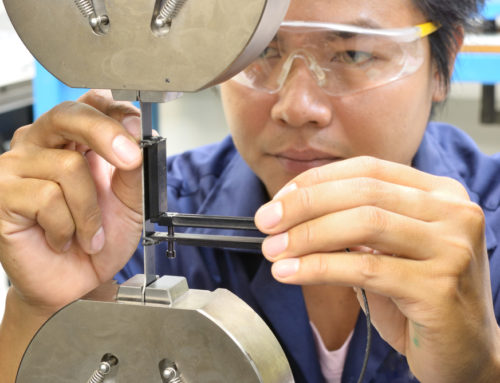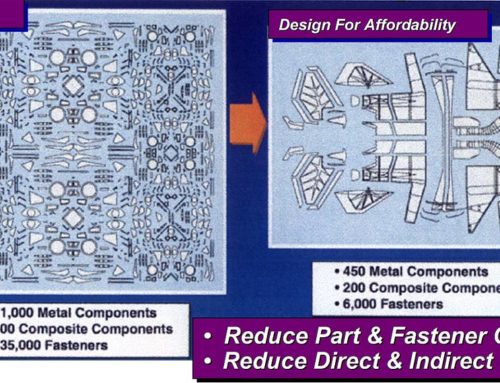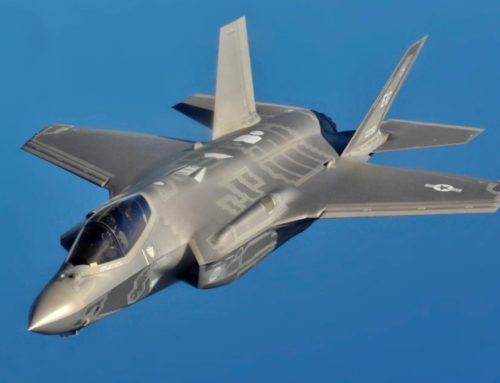George Lubin, an originator of reinforced plastics and pioneer in the development and implementation of advanced composites for primary structures, had a long and distinguished career. He led early composite development at the New York Applied Science Labs, Basson Industries, and a long and distinguished career at Grumman Aerospace Corporation from which he retired as Chief Scientist. At Grumman, he was responsible for all nonmetallic materials and processes for various aircraft including the E-2C, A-6A, EA-6A, B-1, and F-14A. In addition, he was prominently involved with the NASA Lunar Lander and the Space Shuttle wings. His responsibilities included the evaluation of mechanical, chemical, and environmental properties of materials. This involved early fiberglass composites, including prepregs and their processing characteristics. He was first to recognize the importance of fiber orientation, fabric weave pattern, and ply stacking sequence as related to the properties of composites produced sing fabrics. This permitted optimized designs for weight-critical aircraft and space structures.

George also played a major role in advancing both the spray up and filament winding processes. He has been credited with the development of self-sealing, reusable, fiberglass reinforced silicone rubber vacuum bags for use in composite curing. He was responsible for the design and manufacture of the radome for the E-2C in the early 1960s. That radome was one of the largest fiberglass/epoxy composite structure produced up to that time – 2 ft. in diameter and 3 ft. deep.
A key achievement was his leadership in developing composite vertical tail fins for the E-2C to replace the metal fins on the original design. This was an important first for the aircraft industry. It was the first use of fiberglass/epoxy in a primary load carrying structure of a production aircraft. These developments helped to establish confidence and provide the precedent for use of fiberglass composite sin primary and secondary structures for aircraft. In 1966, he introduced boron/epoxy composites on the F-14. The effort moved composites out of the “exotic” stage as an experimental curiosity and into acceptance as another material for the structures’ “toolbox.” Later, he developed composite repair technology which is widely used today to patch damaged areas in aircraft structures. Subsequently, he was responsible for testing and evaluating a number of composite structures that had been in aircraft service for up to 20 years to obtain useful data on durability, another first.
While at Grumman, he saw the need for a book on composites to help structural engineers and aircraft designers. Lubin’s Handbook of Fiberglass and Advanced Plastics Composites was published in 1969. It was considered the “bible” for composites for many years. In 1980, he edited the Handbook of Composites in order to update the information since the publication of Handbook of Fiberglass and Advanced Plastics Composites.
George was quick to realize the importance of SAMPE in the mid-1960’s and founded the SAMPE New York Chapter. George had received many awards and accolades from several high-ranking government, university, and industrial officials for his untiring work to advance material science and processing for the betterment of society throughout the world, including being selected a SAMPE Fellow.
Upon his death, the SAMPE organization was quick to recognize his over 50 years of composites development work by establishing the George Lubin Award. This award is given to recognize others who have made significant contributions in the field of material and process engineering. The George Lubin Award allows us to remember the man and helps us to initiate his strong desire to teach, lead, and reward advancements in both technology and world friendship.






